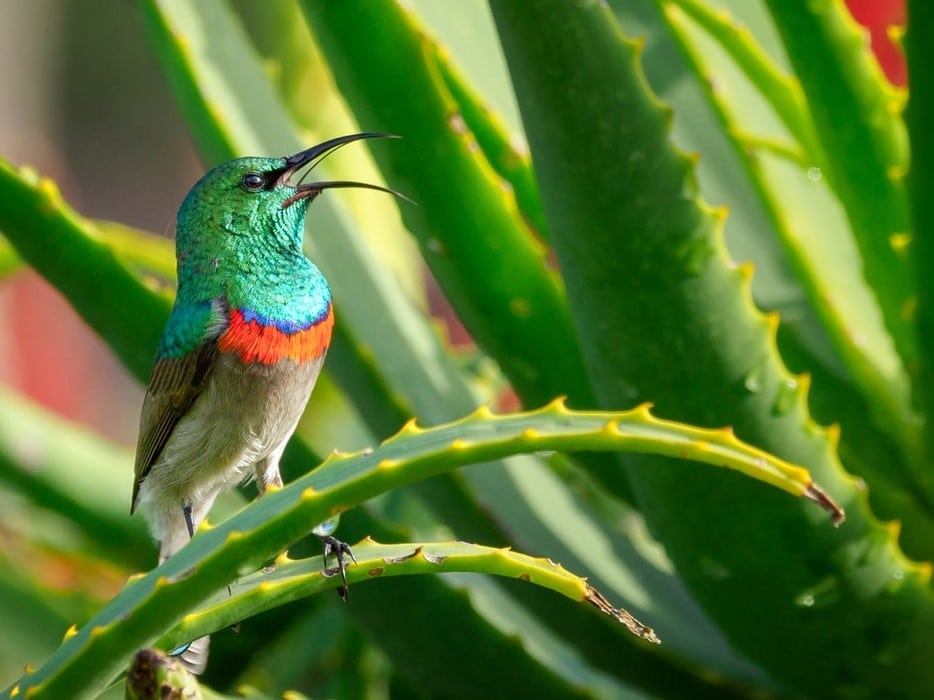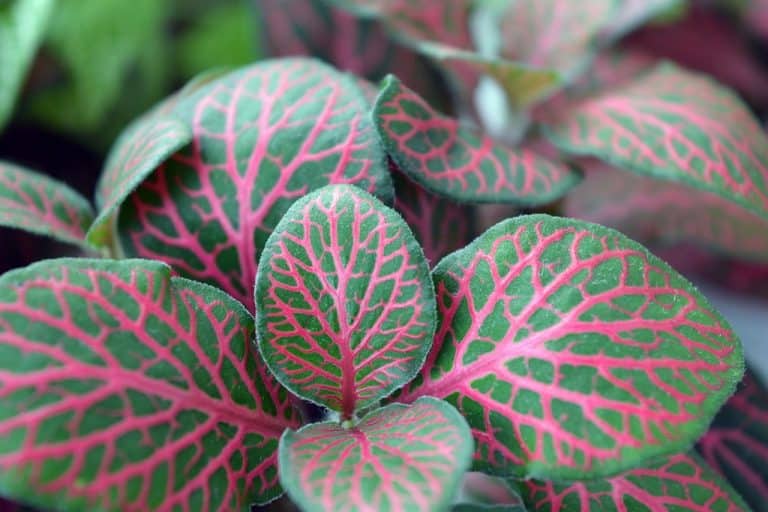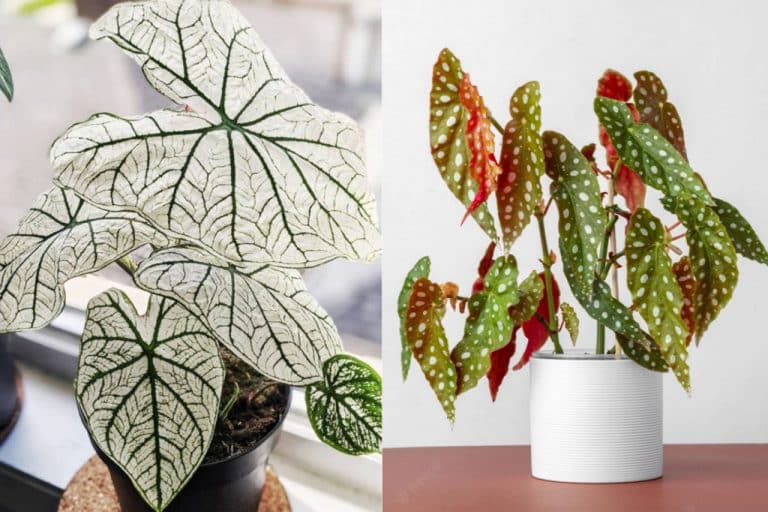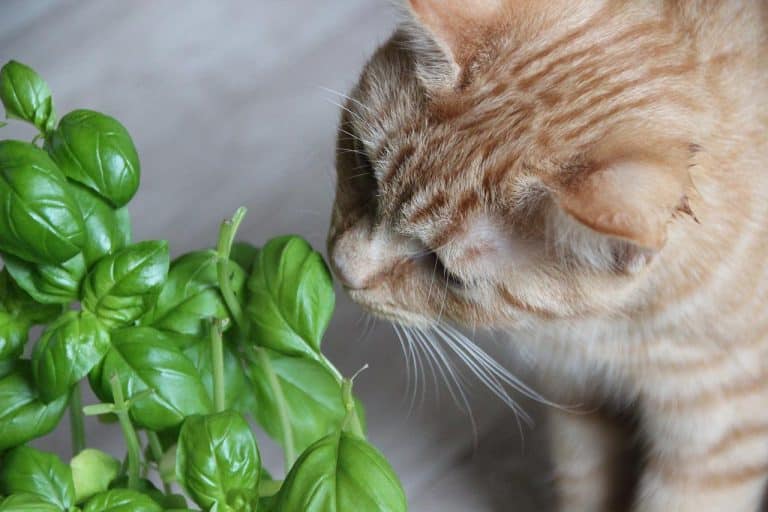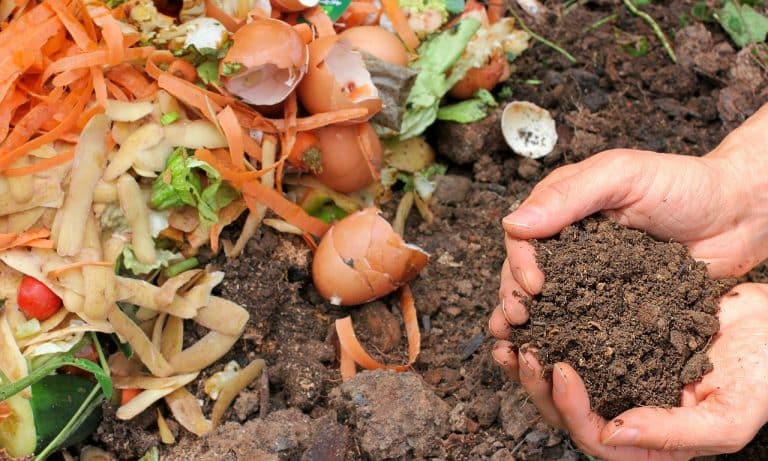Aloe Vera: A Fresh Start with Aloe
The healing properties of fresh aloe gel seem almost magical, but a small mountain of scientific research explains how it helps minor burns disappear overnight.
Aspirin-like salicylates soothe the pain, other enzymes reduce inflammation, and meanwhile additional chemical components increase blood flow to the injured area and kill a range of bacteria that might attempt to enter the wound.
After breaking off an aloe leaf to treat injured skin, can you propagate the tip to grow a new plant?
Many have tried and all have failed, though it is sometimes possible to propagate aloe using the basal section of an outer leaf.
The leaf can be a partial one, from which the tip has been harvested and the wound has dried into a callus, but it is essential that it include the curved “heel” that attaches to the main stem near the soil line.
Set the leaf atop a small container filled with cactus potting soil, and use a small piece of wire to pin the base to the soil.
Mist lightly from time to time to keep the leaf from drying out too quickly, but do not keep the leaf or the potting soil constantly wet.
The cluster of new plantlets that forms along the lowest edge of the leaf will draw the moisture they need from the parent leaf. Until they develop roots, they have little use for water.
When the plantlets are more than 1 in (2.5 cm) tall and the parent leaf has shriveled, cut it away and pot up the babies.
Small details: With cacti and many succulents, plant identification can be difficult. If you don’t know what species you have, use the chart to narrow the possibilities.
Then check the plant profiles for more specific information. If you’re still stumped as to what plant you have, there are several sites on the Internet where you can look at pictures of various species, and others where you can post a picture of your cactus and get help identifying it from other cactus lovers.
Try using “cactus identification” as a search phrase with your favorite search engine when seeking to identify a cactus. With succulents, you will get the best results by using the genus name, for example “Echeveria,” as the search word.
In the plant profiles that follow the charts, you will meet nine cactus species and eleven succulents that are popular houseplants.
All are easy to grow, and many will produce exotic flowers when given the right regimen of care. But even without flowers, the symmetry of spines, well-defined shapes, and ease of care of cacti and succulents are reason enough to enjoy them as houseplants.
TROUBLESHOOTING
Base of plant near the soil turns black.
CAUSE: Root rot, which spreads to the body of the plant.
REMEDY: Overwatering contributes to this problem, but it sometimes happens even when plants are properly watered. Poor air circulation can add to the problem. If possible, scrape away the black portions of the plant with a small serrated knife. Allow the callus to heal before watering the plant. In severe cases, propagate the plant from a healthy tip, offset, or stem cutting.
Plant appears shrunken and wrinkled.
CAUSE: Too little water.
REMEDY: Give the plant a light watering and mist it with a spray of water. Water again the following day, being careful not to drench the soil. Wait 3 days and water again; by then the plant should be plumped up nicely.
Brownish to gray patches on leaves; body of cactus appears yellowish.
CAUSE: Sunburn.
REMEDY: Move plant to a shadier spot. Make sure that plant is very gradually exposed to increasing amounts of sunshine.
Round to angular brown spots form on cactus and increase in numbers.
CAUSE: Corking, which can be caused by fungi, usually following a bruise or other physical injury.
REMEDY: Reduce water and fertilizer and increase air circulation around the plant. Overfeeding that leads to soft, succulent growth contributes to this problem.
Plant appears pale and pocked with tiny yellow specks.
CAUSE: Spider mites.
REMEDY: Isolate plant. Cacti: Clean by laying plant on its side and dousing the body with warm water. Succulents: Spray with warm water. When dry, spray plant with insecticidal soap. Dispose of badly infested plants.
White, woolly deposits on plant body or leaves.
CAUSE: Mealybugs.
REMEDY: Isolate plant, and remove as many mealybugs as possible with a toothpick. Lay plant on its side and spray with a neem-based insecticide or insecticidal soap.
Plant appears stunted; shows little if any new growth.
CAUSE: Root mealybugs.
REMEDY: Remove plant from pot and inspect roots for signs of light-colored, slow-moving insects that look like bits of mold. Rinse roots; spray with a neem-based insecticide. Repot plant in clean pot with fresh soil.
Brown disk-shaped insects attached to plants.
CAUSE: Scale, an occasional problem on cacti and succulents.
REMEDY: Isolate plant and remove scale with a toothpick. (On cacti, scale tend to cluster near the areoles, where spines emerge.) Repeat every few days until plant is clean.
Plant does not bloom.
CAUSE: Immature age; too little summer light in summer; insufficient winter rest.
REMEDY: Many species do not bloom until the plants are more than 3 years old. Acclimate plant to strong sunlight for several weeks in summer and keep it in your coolest well-lit room in winter. Use a high-phosphorous fertilizer. See plant profiles for species-specific details on improving bloom.
New growth is crooked or uneven.
CAUSE: Too little light, often combined with too much fertilizer.
REMEDY: Gradually move plant to brighter light. Remove misshapen parts if possible.
Flowers fade within 1 day.
CAUSE: Many cactus flowers are naturally short lived.
REMEDY: You can extend the life of blossoms on Christmas cactus and some other species by keeping them in a cool location, away from bright sunlight, when they are in bloom. Avoid moving cacti when they are in bloom.
Small, wedge-shaped insects are present on stem tips of succulents.
CAUSE: Aphids.
REMEDY: Clip off badly damaged stems. Use a fine spray of warm water to remove as many aphids as possible. Spray survivors with insecticidal soap.

